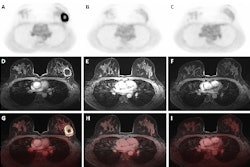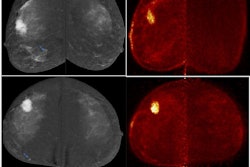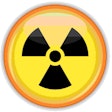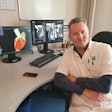More in Home
Brady: Europe must act on training and workforce needs
September 11, 2025
GEHC reveals plans to acquire Belgium’s icometrix
September 10, 2025
Dutch study proposes method for developing pediatric DRLs
September 10, 2025
Major shake-up looms for AI platform sector
September 9, 2025
French expert shows how to reduce contrast media waste
September 8, 2025
What’s new at JFR 2025, Mr. President?
September 8, 2025
Global ICM shortage was a 'wake-up call.' Did we listen?
September 8, 2025
Radiologist gets suspended for 'antisemitic' statements
September 5, 2025
Revealed: The cause of CT safety incident in Belgium
September 3, 2025
Introducing Maskell’s Law of Cancer
September 2, 2025
Interview with JFR 2025 president: Part 1
September 1, 2025
It's time to get tough on unnecessary scans, Italians say
September 1, 2025


























